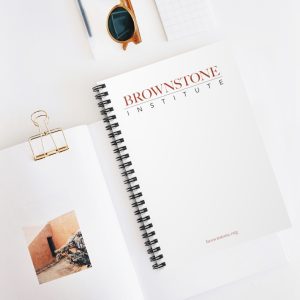In any political debate, it can be tempting to focus on the most ridiculous arguments coming from the other side. It may be fun to laugh at the propaganda coming from the likes of Eric Feigl-Ding; and likewise, apologists for the response to COVID tend to address only the most outlandish claims about vaccines and such while a deafening silence surrounds the work of more serious anti-lockdown activists and researchers. But ultimately, to win a political debate, one side must eventually overcome their opponents’ strongest argument.
The strongest argument in defense of the response to COVID goes like this: While states and countries across the Western world adopted broad social distancing measures in response to COVID, and sometimes referred to them as “lockdown,” in practice—aside from the forced closures that devastated certain small businesses and industries—these measures were largely a hodgepodge of loosely-enforced restrictions that citizens could easily flout, and opponents of these restrictions have, over time, often exaggerated their stringency for political reasons.
Rather, it was widespread fear that was the primary driver of the devastation that we witnessed during COVID. We can call this the “pure fear” argument. This argument is implied by the mainstream use of the term “pandemic disruptions” as a catch-all for that vast social, psychological, and economic devastation.
Typically, this reasonable “pure fear” argument is then accompanied by a bunch of self-contradictory nonsense about how COVID restrictions saved millions of lives and would have saved even more if they were even stricter, and that anyway the only people who opposed them were a bunch of anti-vaxxers, neo-Nazis, and Trumpers categorically unworthy of gratitude. But for the sake of argument, we can address only lockdown apologists’ strongest argument, which is the “pure fear” argument.
First, the reason the “pure fear” argument is strong is that there’s a degree of truth to it. An objective view of events is that COVID restrictions generally were loosely enforced, and fear itself accounted for the vast majority of the devastation, social deterioration, and illiberalism that we witnessed during COVID. However, for the following reasons, the “pure fear” argument, like all other arguments in defense of the response to COVID, fails to withstand scrutiny.
1. Governments deliberately used propaganda on their own citizens to ratchet up fear of COVID and increase compliance with restrictions.
Across the Western world, governments used propaganda on their own citizens for the specific purpose of ratcheting up fear of the coronavirus and increasing compliance with lockdown measures. State scientists in the United Kingdom later admitted they’d used fear to change minds in a series of interviews with author Laura Dodsworth: “Using fear as a means of control is not ethical. Using fear smacks of totalitarianism.” “The use of fear has definitely been ethically questionable. It’s been like a weird experiment.” “Psychologists didn’t seem to notice when it stopped being altruistic.” As one Member of Parliament put it:
If it is true that the state took the decision to terrify the public to get compliance with rules, that raises extremely serious questions about the type of society we want to become. If we’re being really honest, do I fear that Government policy today is playing into the roots of totalitarianism? Yes, of course it is.
Likewise, a report later released by the Canadian Armed Forces revealed that military leaders saw COVID as a unique opportunity to test propaganda techniques on the public, “shaping” and “exploiting” information to bolster government messages about the virus.
As a result of these domestic propaganda campaigns, across the Western world, we were all treated to such delightful slogans as “Just stay home,” “Two weeks to slow the spread,” “Follow the science,” and “We’re all in this together”—each of course, in truly Orwellian fashion, being a boldfaced lie.
Needless to say, pro-lockdown officials cannot launch a massive propaganda campaign to deliberately terrify citizens into complying with lockdown measures, then turn around and use that fear to excuse the effects of the lockdowns into which they deliberately terrified citizens into complying.
2. Studies have borne out that it was governments’ own lockdown measures that were most responsible for the widespread fear of COVID.
As a study by Cardiff University demonstrated, the primary factor by which citizens judged the threat of COVID was their own government’s decision to employ lockdown measures. “We found that people judge the severity of the COVID-19 threat based on the fact the government imposed a lockdown—in other words, they thought, ‘it must be bad if government’s taking such drastic measures.’ We also found that the more they judged the risk in this way, the more they supported lockdown.”
These study results are damning, because overall, throughout 2020 and 2021, citizens across the Western world consistently estimated their risk of dying of they contracted the virus to be dozens or hundreds of times greater than it really was. According to the most widely cited study on COVID’s infection fatality rate by age, the average IFR of COVID for those under 40 years old never exceeded about 0.01 percent. But in surveys conducted regularly by the University of Southern California, on average, throughout 2020 and 2021, Americans under 40 consistently estimated their chance of dying if they contracted the virus to be around 10 percent, a 1,000-fold overestimation.
Lockdown apologists might argue that it was the frightening images from places like Lombardy and New York that caused widespread fear of COVID. However, overwhelming peer-reviewed evidence has established that COVID was circulating globally by fall 2019, and these horror stories in large, liberal cities only began after they implemented strict lockdowns and began mass ventilating patients on the advice of the World Health Organization—strongly suggesting that the frightening scenes owed to lockdowns and iatrogenesis rather than some sudden surge in the virus. Further, the Cardiff study is clear that it was the government’s decision to lock down—not these stories from large liberal cities—that was the primary driver of COVID hysteria.
Given that it was their own lockdown orders that were primarily responsible for the widespread fear of COVID, pro-lockdown officials cannot use that fear to excuse the effects of the lockdowns they ordered.
3. There’s no evidence that fear of COVID had reached anywhere near the level of mass hysteria responsible for this level of devastation prior to lockdowns.
Prior to the cascade of lockdowns across Western nations in spring 2020, life was actually surprisingly normal, and even those who would later spend years demanding harsh mandates were still generally discussing COVID in reassuring and sensible terms. The Atlantic, for example, published an excellent piece titled You’re Likely to Get the Coronavirus. On February 27, 2020, the New York Times considered the cost to society too great to justify even temporary school closures, noting the tendency for officials to just “do something” to give voters the impression the government is in charge, “even if it’s not relevant.”
Even on social media, discussion of the virus was surprisingly tame. Prior to the lockdown of Lombardy, Italy, it’s difficult to identify even a single individual in the world who was publicly advocating or hoping that the world would come to adopt China’s lockdown policy. Weeks later, hundreds of thousands of tweets appeared using many languages and dialects to admire China’s lockdowns in nearly identical terms while denigrating other governments’ light-handed responses—but these tweets turned out to be from bots.
For example, this is how normal the city of Bordeaux, in France, looked the day before France imposed one of the stricter lockdowns in the Western world.
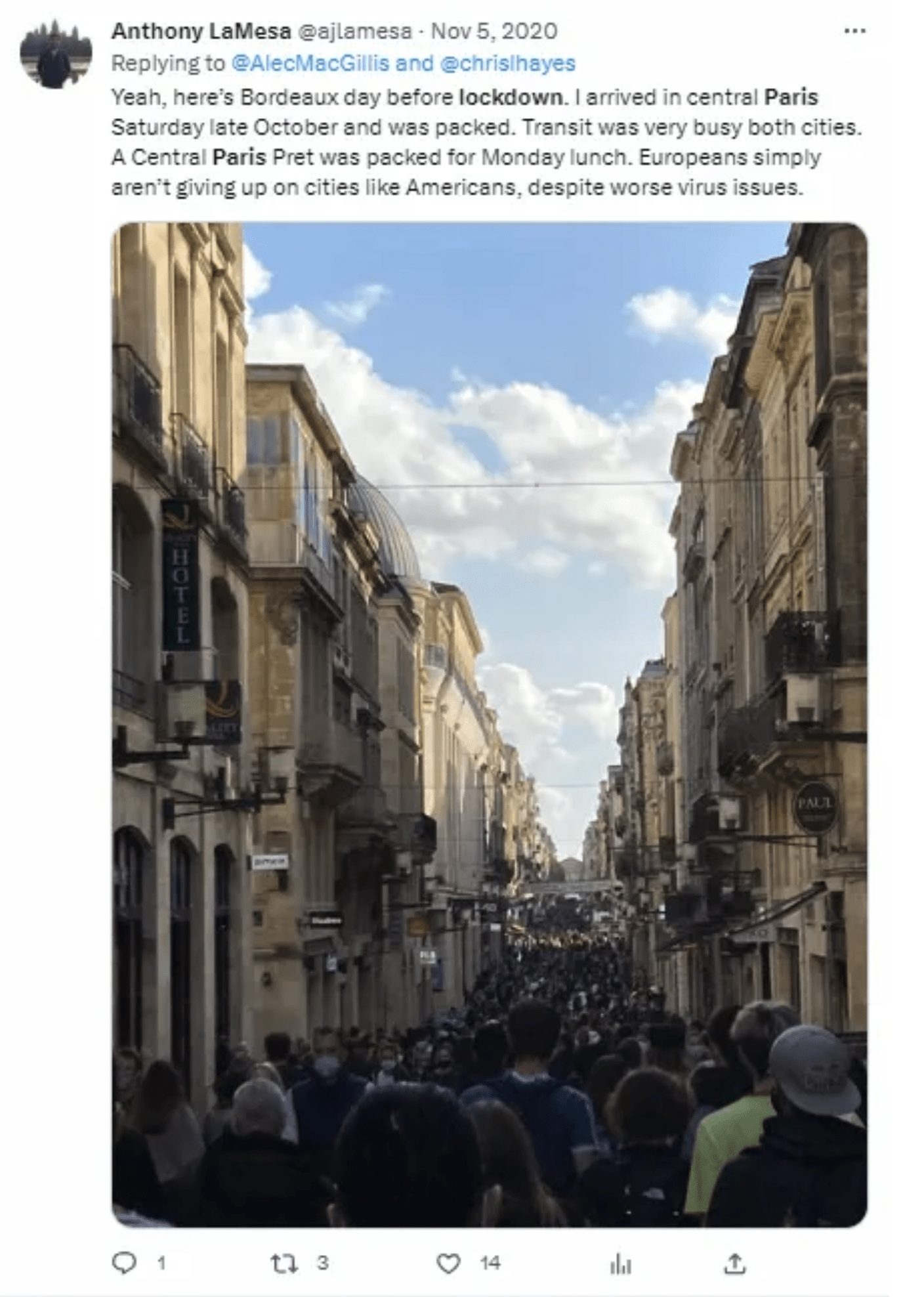

Many of us likely have similar recollections. While there were some strange shortages of goods like toilet paper, these could generally be attributed to a small number of panicked individuals. The fact is, until lockdowns began, COVID hysteria simply hadn’t entered the mainstream. For the vast majority, life continued largely as normal, and given the studies discussed above, it’s very hard to believe that any panic would have continued much longer absent these cataclysmic decisions by governments.
4. Sweden’s data speaks for itself.
Sweden, which was unique among Western nations in that it had no lockdown and few COVID mandates to speak of, ultimately experienced the lowest excess death rate of any OECD nation from 2020 to 2022.
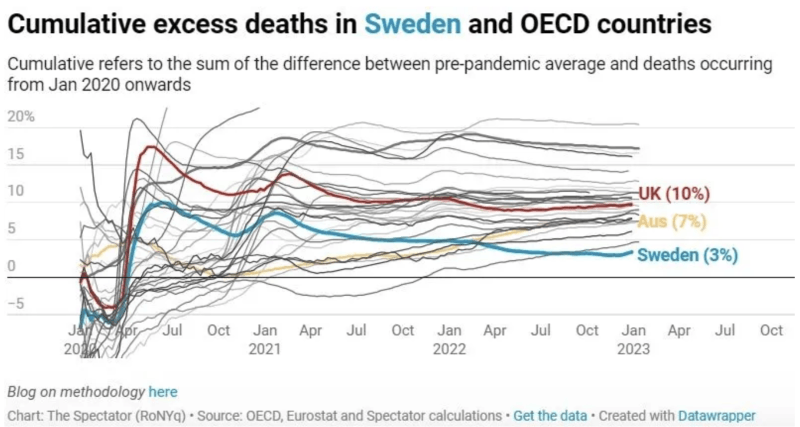

Thus, even if the devastation of the response to COVID is attributable primarily to fear rather than to the restrictions themselves, Sweden’s example demonstrates that frightening events happening internationally did not, by themselves, lead to that level of fear. Rather, it was primarily the COVID policies that governments imposed on their own populations—at the domestic level—that resulted in such deadly amounts of fear. By avoiding these terrifying lockdowns and mandates, Sweden successfully avoided that terror and the resulting devastation that accompanied it.
The fact is, no matter how you look at it, Sweden’s example wholly undermines the argument for lockdowns and mandates, making it unmistakably clear that they were extremely harmful to the states and countries that implemented them. (Gee, I wonder why, then, the Chinese Communist Party and their Western enablers worked so hard to keep Sweden’s example from existing.)
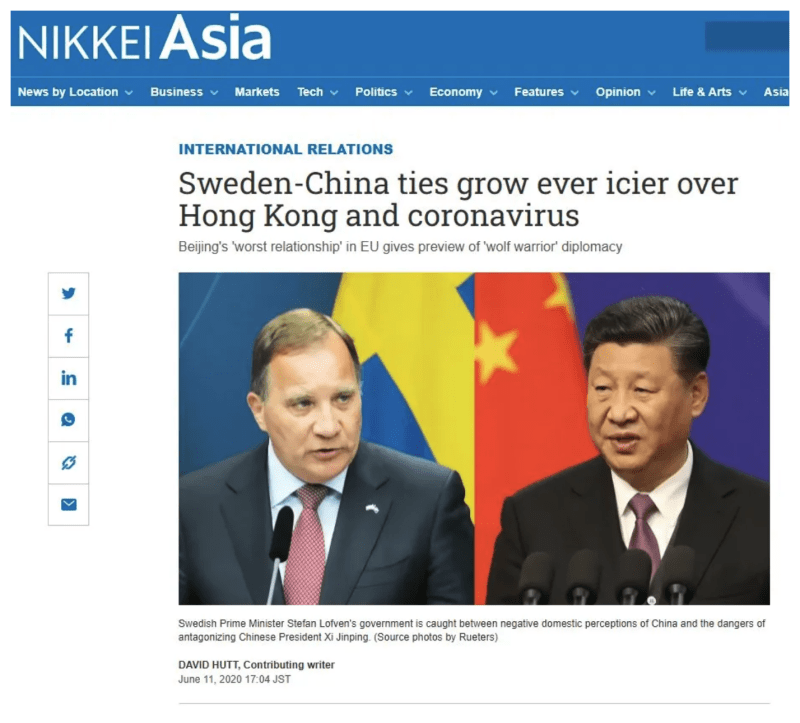

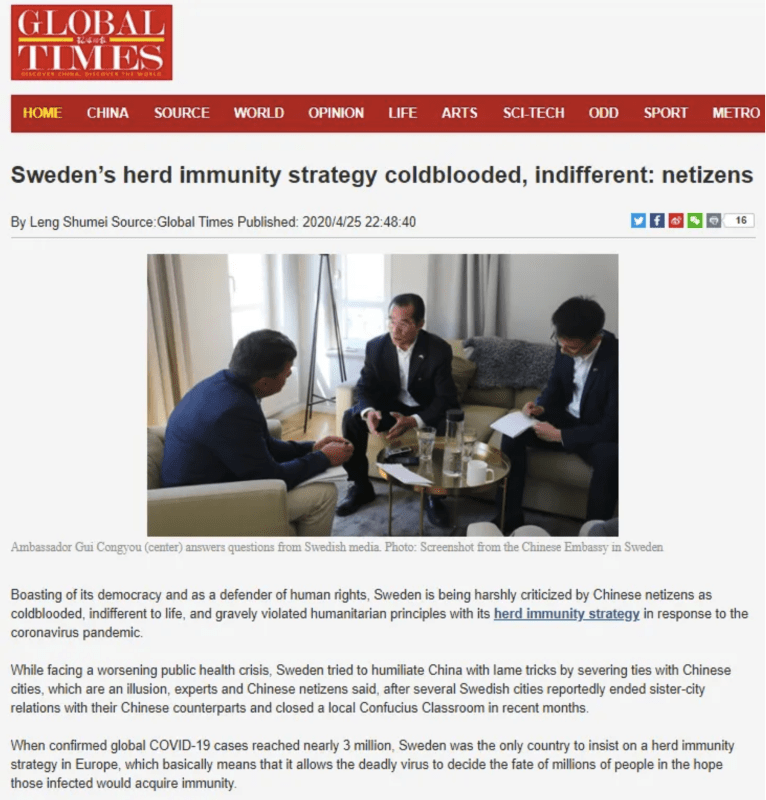

5. In general, health officials argued for COVID restrictions to be even stricter.
In general, throughout 2020 and 2021, when health officials and other mainstream elites gave their opinion on the response to COVID, they argued that COVID restrictions and mandates should be even stricter. In many cases, leading officials and institutions even explicitly wished that their own nations’ responses were more like China’s. In fact, across institutions, the closer one gets to centers of power during the response to COVID—in government, media, and academia—the more likely the institutions and individuals have been to insist that China’s farcically-forged COVID data is real and that the rest of the world should emulate China.
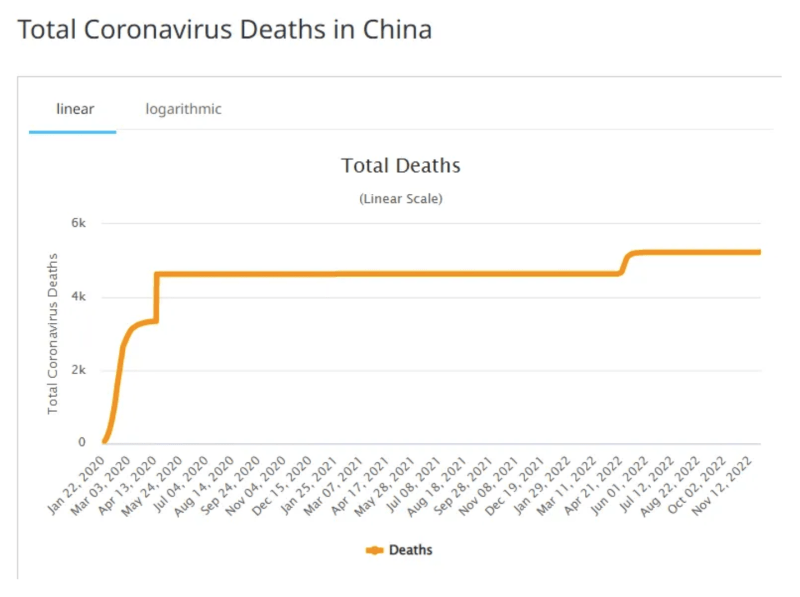

Given health officials repeatedly called for COVID restrictions to be even stricter, it is disingenuous to argue that the effects of the restrictions should be excused because they were not very strict.
6. Laws and recommendations are requests that governments make of their citizens, and in the instances in which COVID mandates were enforced, those enforcements could be devastating.
Laws and government recommendations are not just about enforcement—they’re requests that governments make of their citizens. People follow laws and recommendations not primarily out of fear, but because they want to be good citizens. It’s a breach of the contract between government and governed to expect that 100 percent of people will contemplate every policy and simply not follow it if it is based on a lie. Thus, the fact that a policy such as a “stay-at-home” order is not strictly enforced by no means excuses the psychological and societal damage done by the policy.
Moreover, in the instances in which COVID restrictions and mandates were enforced, the enforcement could be devastating. For example, last week a church in northern California was ordered to pay $1.2 million for holding unmasked church services during COVID. As totalitarian regimes know all too well, this kind of devastating, arbitrary enforcement of ambiguous rules can have vast psychological implications and create vast levels of compliance far beyond the actual probability of enforcement.
7. Western leaders’ best excuse is that foreign influence, rather than their own errors, was the primary driver of widespread hysteria during COVID. But governments have yet to acknowledge that pro-lockdown foreign influence had any significant effect on policy, and have actively downplayed evidence of it.
Back during peak COVID hysteria in summer 2020, I published the article that put my work on the map, highlighting the extent of the CCP’s pro-fear and pro-lockdown disinformation since COVID began—a subject that had only previously been referred to in a couple of obscure limited hangouts by the New York Times. Owing to its timing, the article remains the most influential I’ve written. At the time, some commentators correctly pointed out that it potentially gave leading officials an out, which was deliberate: They could now blame their own policy failures in part on the unprecedented extent of CCP disinformation during COVID, and then we could go back to normal.
Instead, they censored me.
Since that time—and probably long before—it’s been the vast coverup and denial of the CCP’s global pro-lockdown influence and its catastrophic effects that’s been the real crime during COVID, which Western political machines refuse to admit to out of embarrassment and, in all likelihood, their own ties to the CCP. I remain confident that the mountain of evidence of this pro-lockdown influence is so vast as to inevitably come out in due time. But, for so long as they continue to deny its existence, Western leaders obviously cannot blame pro-lockdown foreign influence for COVID hysteria.
Ultimately, there are only three possible sources for the widespread terror that caused such vast societal devastation during COVID: 1. random hysteria, 2. foreign disinformation, and 3. Western leaders’ own actions. The evidence that random hysteria sufficient to result in this level of devastation existed prior to lockdowns simply isn’t there. And, for so long as the establishment continues to deny the effect of the CCP’s pro-lockdown influence, that leaves only Western leaders’ own actions—the lockdowns, mandates, and propaganda they ordered—to explain the extent of mass COVID hysteria.
Still, the “pure fear” defense of the COVID catastrophe is worth thinking about. Ultimately, at least some portion of the social and economic devastation that took place during COVID actually was attributable to random hysteria, and no mortal can ever really know how much. But it was Western leaders’ own policies that were responsible for a major portion of that fear, and as Sweden’s example illustrates, these policies had no real benefit.
Thus, even if fear was the primary driver of devastation during COVID, because Western leaders’ policies were a major contributor to that fear while having no real benefit, then these policies amounted to a policy catastrophe regardless, and the “pure fear” defense fails.
Since the “pure fear” argument—arguably lockdown apologists’ strongest—falls apart for the above reasons, all that remains is the vast coverup and refusal to discuss lockdowns’ actual effects that we’ve witnessed from the establishment for the past three years. It remains to be seen how long this coverup can last; though as I’ve argued, this interminable coverup of reality, being fundamental to the origins of totalitarianism, may have been what the CCP intended from the start.
Join the conversation:


Published under a Creative Commons Attribution 4.0 International License
For reprints, please set the canonical link back to the original Brownstone Institute Article and Author.









